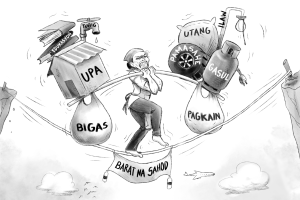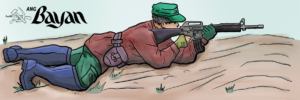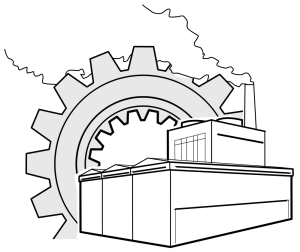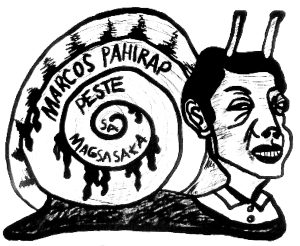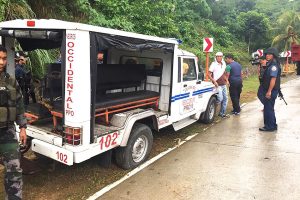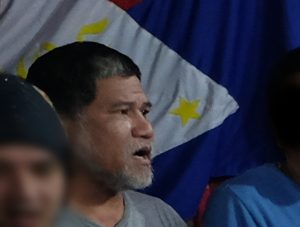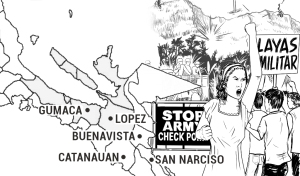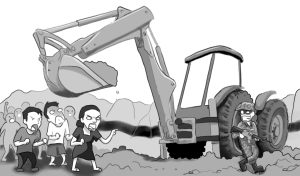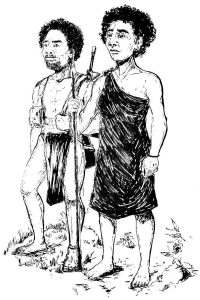Correspondence The gross conditions of Bukidnon rubber tappers

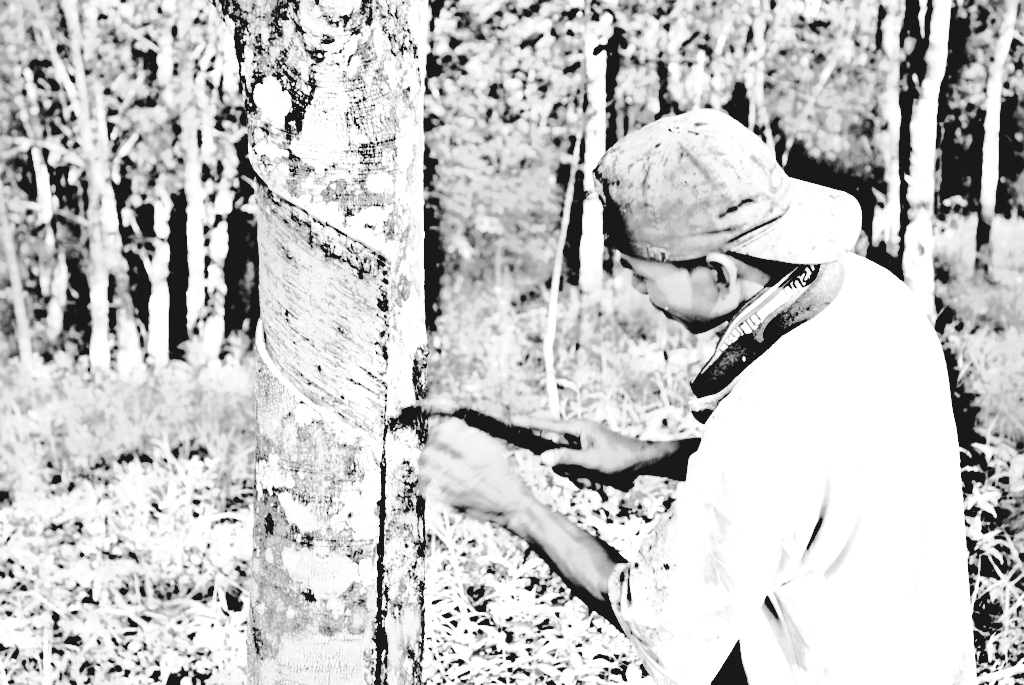
Leo, a farmer in Bukidnon, estimates that his family needs ₱208 just to get them to eat and survive hunger everyday. Despite being very low (the living wage is pegged at ₱1,119), the ₱69-₱173 he earns per day as a rubber collector in a plantation is still insufficient. It is far from enough to support his three school-age children.
Leo is landless and is compelled to work in a rubber plantation in their area. He is the tapper for a 2-hectare land with 600 trees. He has been working there for over 20 years. Every month, he sells 500 kilos of raw rubber for ₱26 per kilo. Of the ₱13,000 he earns, he is left with only ₱5,200 because of the 60-40 share with the land owner.
Leo’s situation is worse during the rainy season because the collected rubber does not thicken when it gets wet and cannot be sold. When this happens, he earns only around half. This means he earns only ₱2,600 per month or ₱86.66 per day.
For the rubber to coagulate, tappers mix it with acid. Leo pays for the additional cost because the landowner does not help defray the production costs.
Leo is just one of the many tappers in Bukidnon who suffer gravely due to landlessness and low price of raw rubber. Traders do not follow the price set by Philippine Rubber Industry Roadmap 2017-2022 for raw rubber which should be bought at least ₱30 from producers. On the other hand, traders sell it at ₱87 per kilo to large rubber manufacturing companies.
Across the Philippines, rubber plantations cover approximately 300,000 hectares of land. Northern Mindanao ranks fifth in sources of raw rubber, with Zamboanga Peninsula taking the lead. The largest plantation in the region is Pioneer Amaresa with operations in Maramag town. It exports raw rubber mainly to Malaysia.
According to data from the United Nations Comtrade, the Philippines is the eighth biggest exporter of raw rubber in the world. Its main buyers are China and Malaysia, where factories for tires, rubber health products and others are located. Every year, the international demand for manufactured rubber products increase.
Though Leo is a rubber farmer, he cannot afford to buy the products made from it. “It’s already hard for me to buy rice. We just eat dried fish or noodles alternately every day. I can ill-afford these things, what more with expensive shoes and tires,” Leo said.

